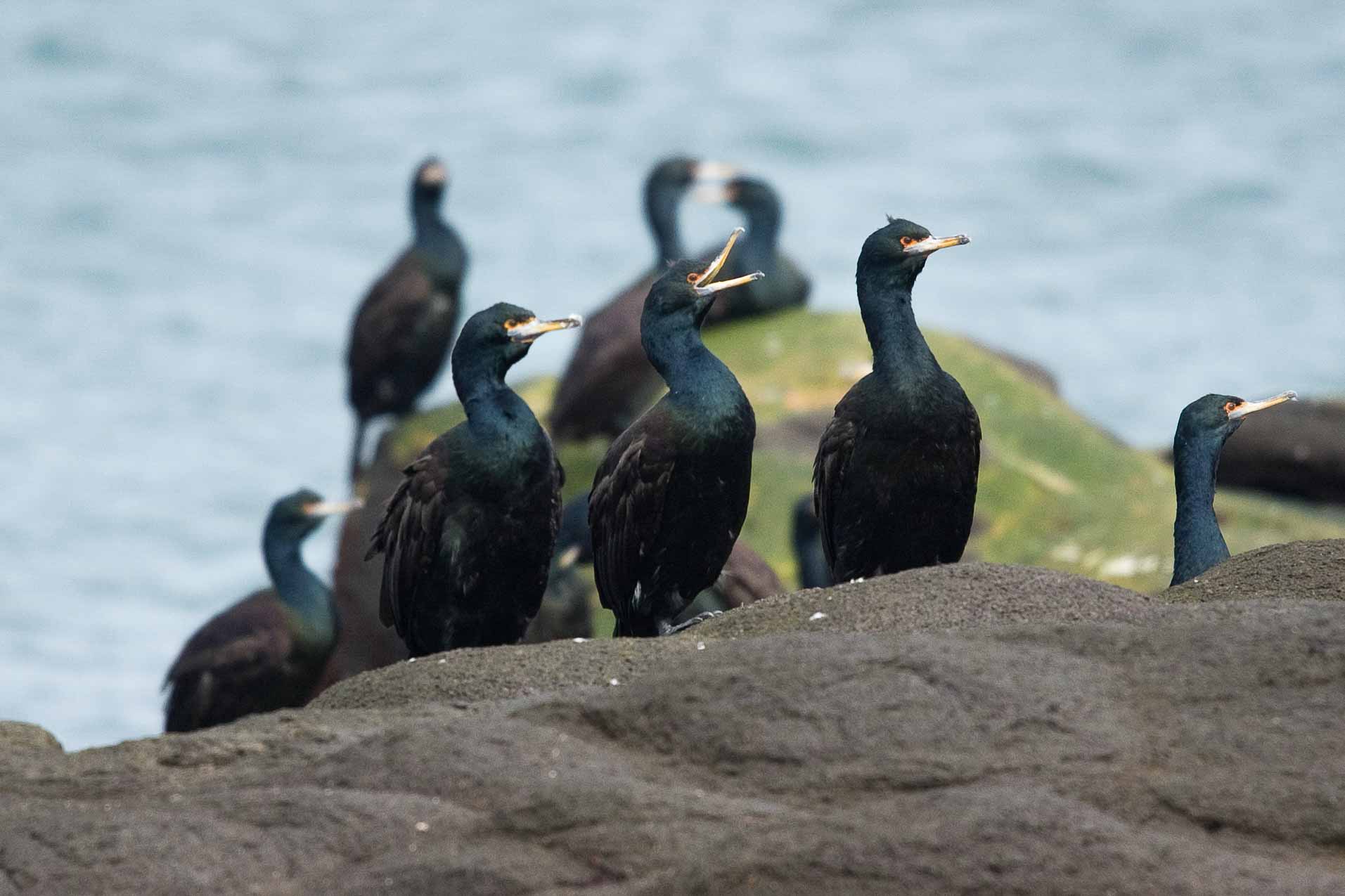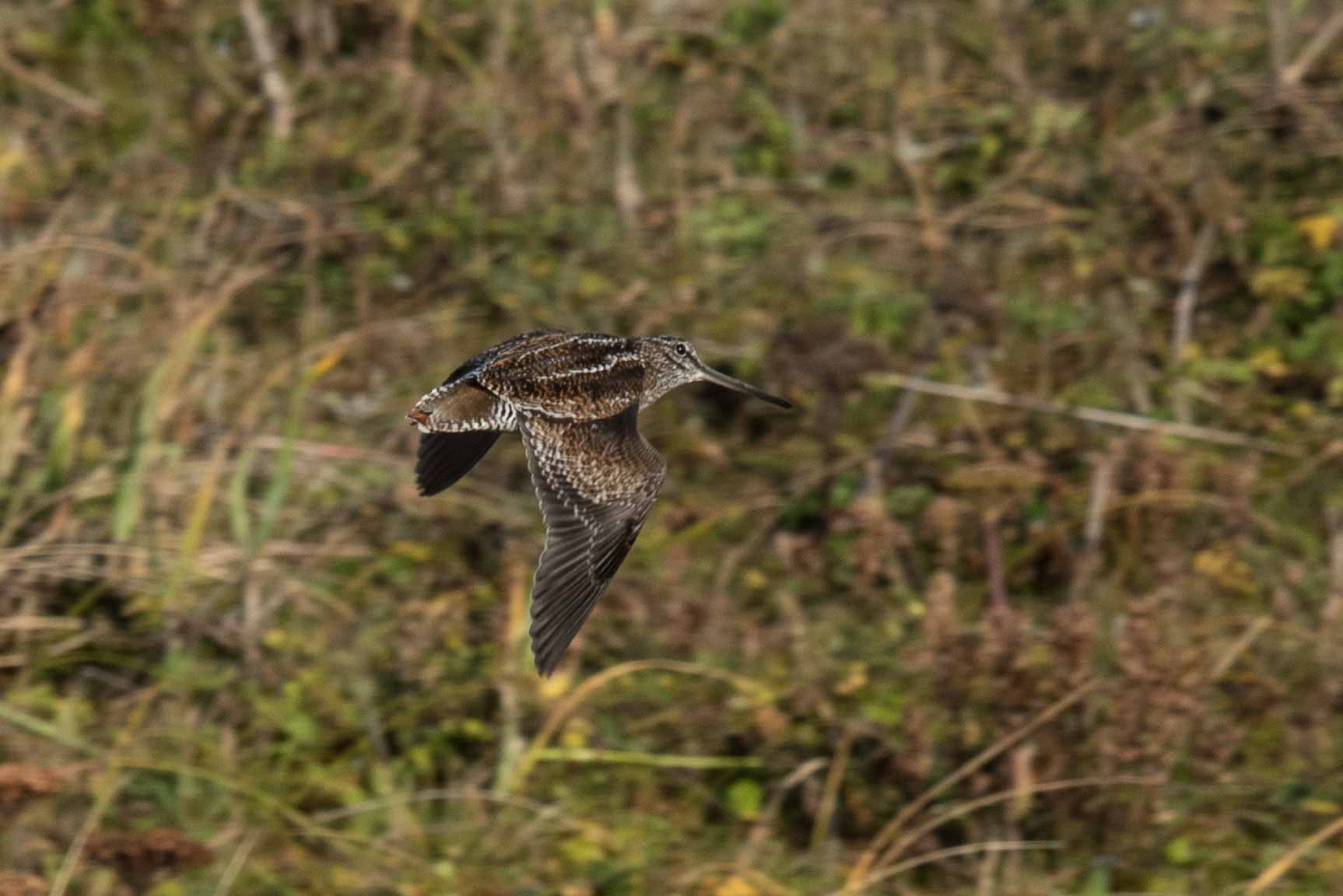
Fall migration on the Bering Sea Islands provides a rush of adrenaline for anyone interested in finding rare birds in North America and much of our time on this fall trip to St. Paul Island will be spent in pursuit of these vagrants. The island is rich with habitat and we’ll spend time beating the bushes (or walking the wild celery as the case may be) attempting to tease out a rarity or two. In addition, sea watching in the fall can be quite productive and we’ll likely spend many hours with our scopes trained on the horizon hoping for Mottled Petrel and other rarities. Many of the resident species will still be around the island in September, also, including Red-legged Kittiwake and Red-faced Cormorant and we should be able to find both.
Fall migration is much more protracted than in the spring, and like most places where we’re focused on finding migrants and vagrants, weather and just plain luck play major roles in our success. While the list of possibilities is a long one, any one trip to the island may only produce one to a few ‘rarities.’ A few highlights from recent fall seasons on St. Paul include White-tailed Eagle, Sharp-tailed Sandpiper, Jack Snipe, Solitary Snipe, Common Snipe, Fork-tailed Swift, Wood Warbler, Chiffchaff, Willow Warbler, Taiga, Gray-streaked, Asian Brown, and Dark-sided Flycatcher, Common Redstart, Rufous-tailed Robin, Red-flanked Bluetail, Eyebrowed Thrush, Siberian Accentor, Pine Bunting, Rustic Bunting, Brambling, Eurasian Bullfinch, and Hawfinch.
The tour price includes round-trip airfare from Anchorage to St. Paul Island; lodging and meals on the island; and guiding and transportation on the island. Price is based on double occupancy. You are responsible for your Anchorage lodging, meals, and other Anchorage arrangements. The trip begins and ends at the Anchorage airport. The flight on Day 1 departs Anchorage at approximately noon, and the return flight arrives back in Anchorage at approximately 8:15 PM on the final day.
